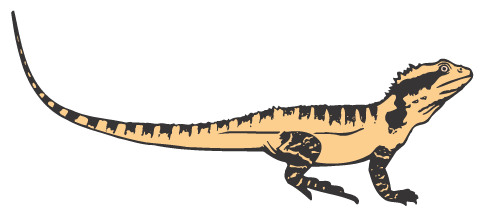Advice and help is at hand for removing invasive weeds and restoring habitat. The Moggill Creek Catchment Group’s Landcare Adviser, Bryan Hacker, writes on the available assistance.
This article is reproduced from The Local Bulletin, June 2015 with kind permission
Many of the readers of The Local Bulletin own acreage properties and there are few which are not weedy to some degree. With the current emphasis on weed control in peri-urban areas, there is increasing need for skilled commercial operators to diminish the impact of the major environmental weeds which so frequently take over. Most of our district was, in the past, covered by eucalypt woodland or scrub, most of which was cleared for growing fruit and vegetables and dairying early last century.
Scrub is the traditional term used in much of Queensland for rainforest and, to many of us, it is a goal to restore rainforests to what they were before European settlement. We want to restore the scrub from its current situation of infestation with exotic vines and lantana to – as near as we can – its initial state.
Many of us who live on acreage properties in the western suburbs do so because we appreciate the scrub on our land, especially the native species which are habitat for a wide range of native wildlife. The Council often serves notices requiring removal of lantana, but clearing lantana regrowth with excavators or other heavy machinery, particularly along gullies and on steeply sloping land, can lead to disaster. What happens when it rains? Without plant cover much of the soil will be washed away. Further, removal of lantana using scrub cutters needs to be done with extreme caution as there is a Council requirement that regenerating native species not be harmed. I have been shown instances where mechanical clearing of lantana has damaged small native trees leading to the landholders being served with a Direction Notice, which required restoration to be undertaken.
Clearing of lantana and other exotic weeds needs to be carried out with caution, conserving the natives and augmenting them with plantings of natives to restore the habitat value.
It also should be realised that regrowth wattle trees are part of a natural progression towards restoring native forest and they should not therefore be considered to be a serious problem. Land currently dominated by wattle trees would probably have been farmed for bananas or pawpaws or cleared for grazing before being abandoned and with careful management is likely to progress towards a ‘scrub'(native vine forest) ecosystem. Wholesale removal of the wattle without carefully planned revegetation with native species would in all probability lead to infestation with worse weeds, such as glycine.
The Moggill Creek Catchment Group, with a membership of more than 500, predominantly in the suburbs of Brookfield, Upper Brookfield and Kenmore Hills, urges extreme caution in the procedure for removal of exotic weeds and also urges landowners to see the value of local native vegetation rather than seeking a neat and tidy landscape. It is also encouraging that so many properties in these suburbs are committed to conservation through the Council’s Land for Wildlife program.
My personal views, supported by many of our members, are based on 20 years involved in bush regeneration and a background as a research scientist in the field of agriculture with CSIRO. I am also an accredited member of the Australian Association of Bush Regenerators.

